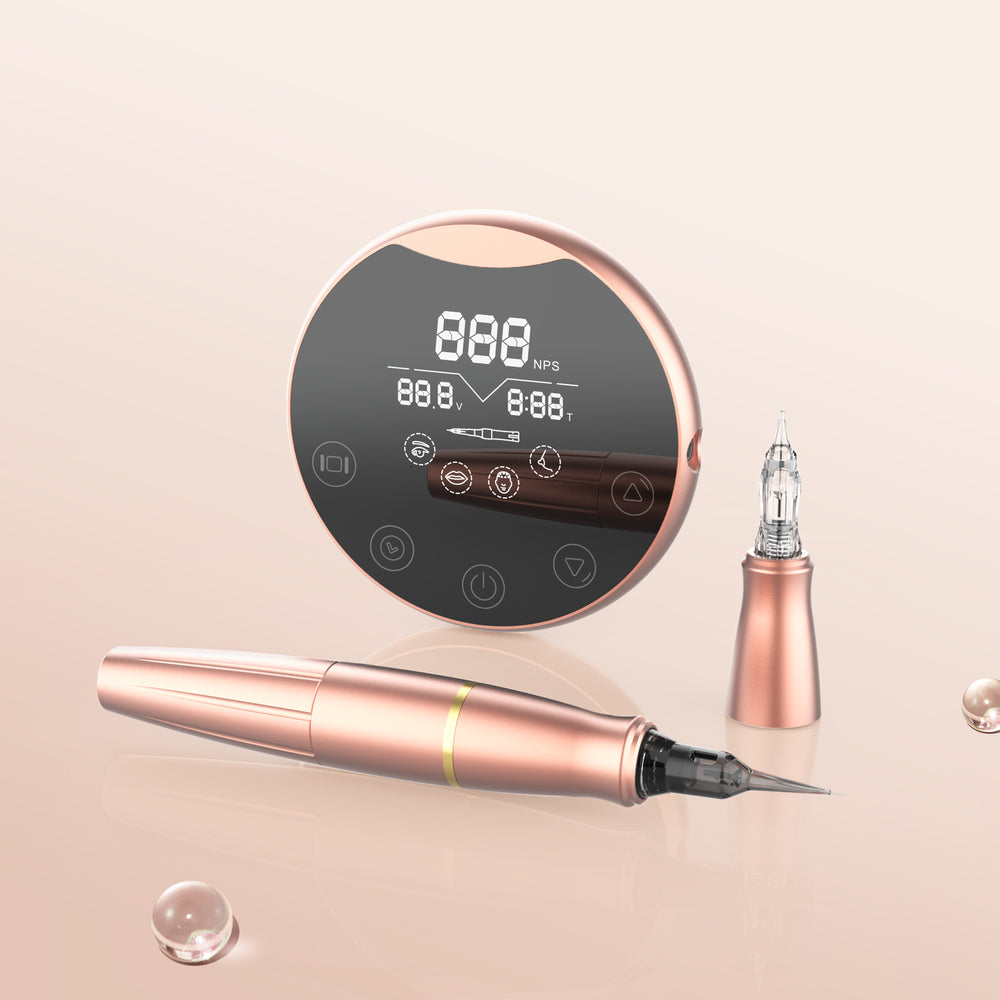Unlocking the Secrets of Rotary Tattoo Machines: Why Artists Swear by Their Power!
In the world of body art, rotary tattoo machines have emerged as a revolutionary tool, gaining immense popularity among tattoo artists globally. Unlike the traditional coil machines, rotary devices offer a different approach to tattooing that captivates both seasoned professionals and newcomers alike. This article aims to delve into the mechanics of rotary tattoo machines, explore their benefits, and uncover why they are increasingly favored over their conventional counterparts. Whether you're an aspiring tattoo artist or a tattoo enthusiast, understanding the intricacies of rotary machines will deepen your appreciation for this art form and the technology behind it.

Understanding Rotary Tattoo Machines
Rotary tattoo machines are a type of tattooing device that utilizes an electric motor to move the needle, allowing for a seamless tattooing experience. They are designed with fewer moving parts compared to traditional coil machines, which rely on electromagnetic coils to create needle movement. The simplicity in design not only makes rotary machines lighter and more comfortable for the artist to use but also contributes to their overall durability and reliability. Most rotary machines consist of a motor, a drive mechanism, and a needle assembly, each playing a vital role in the tattooing process. The motor powers the needle’s up-and-down movement, while the drive mechanism ensures that the needle penetrates the skin at a consistent depth, resulting in a cleaner and more precise line work. This design contrasts sharply with coil machines, which can be heavier and more cumbersome, often requiring frequent adjustments and maintenance.
How Rotary Tattoo Machines Work
The inner workings of rotary tattoo machines are relatively straightforward, yet they yield impressive results in the tattooing process. At the heart of a rotary machine lies a small motor that drives the needle's movement. This motor converts electrical energy into mechanical motion, allowing the needle to move in a smooth, circular pattern. When the artist presses the foot pedal, the motor activates, causing the needle to move in a consistent rhythm. Because of this steady motion, rotary machines are known for their ability to create smooth lines and gradients with minimal effort. Additionally, many rotary machines offer adjustable stroke lengths, enabling artists to customize the needle's movement according to their specific tattooing style. This flexibility is particularly beneficial for various techniques, from fine line work to shading. As a result, artists can achieve different effects with the same machine, making it a versatile addition to their toolkit.
Advantages of Rotary Tattoo Machines
Rotary tattoo machines come with a host of advantages that set them apart from traditional coil machines. One of the most significant benefits is their smoother operation. The consistent motion of the needle reduces the risk of skipping or dragging, which can lead to skin trauma. This means that clients experience less pain and discomfort during the tattooing process, making for a more enjoyable experience overall. Furthermore, rotary machines are exceptionally versatile. Artists can easily switch between different needle configurations for various effects, whether they’re outlining or shading. This adaptability enhances their creativity and allows for more intricate designs. Additionally, because rotary machines are quieter and lighter, they reduce fatigue for the artist, allowing for longer sessions without discomfort. In contrast, coil machines often require more adjustments and can be more physically demanding to operate. The reduced wear and tear on both the artist and the client's skin solidifies the rotary machine's standing as a preferred choice in modern tattooing.
Why Artists Prefer Rotary Tattoo Machines
Many tattoo artists have shared their positive experiences with rotary tattoo machines, praising their efficiency and ease of use. A close friend of mine, a professional tattoo artist, transitioned to rotary machines after years of using coil machines. He remarked on the noticeable difference in client comfort and the precision he achieved with the rotary design. He particularly enjoys the machine's ability to handle intricate details that were challenging with his previous setup. Artists often emphasize the importance of having reliable tools that enhance their creativity, and rotary tattoo machines have proven to be just that. With their innovative design and user-friendly features, many artists find themselves reaching for rotary machines as their go-to choice for tattooing.
Summary of Rotary Tattoo Machines Benefits
In summary, rotary tattoo machines represent a significant advancement in tattoo technology, offering a lightweight, versatile, and efficient tool for artists. Their unique design and operational mechanics provide numerous advantages over traditional coil machines, including smoother performance and reduced skin trauma. As more artists recognize the benefits of rotary machines, it’s clear that they are not just a passing trend but a lasting fixture in the tattoo industry. For anyone interested in the art of tattooing, understanding and appreciating the intricacies of rotary tattoo machines is essential to fully grasping the evolution of this creative craft.








